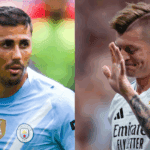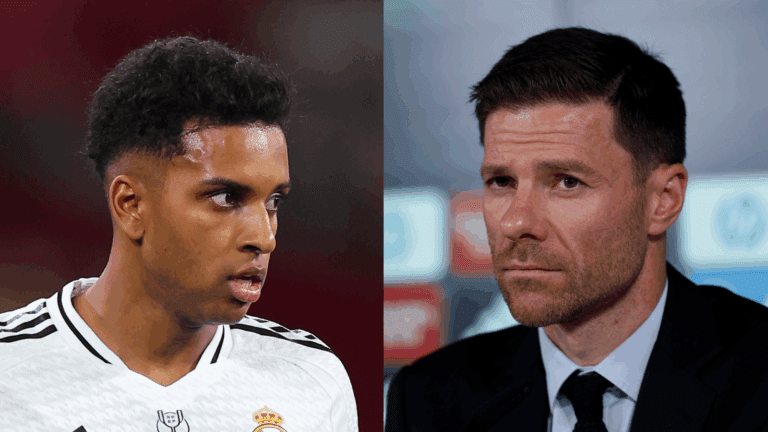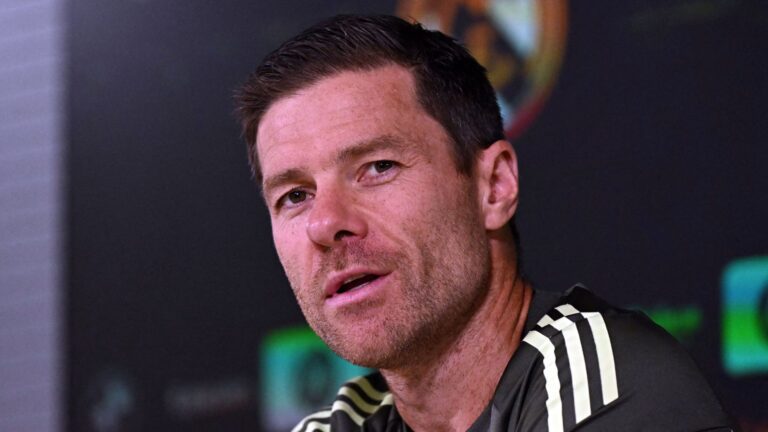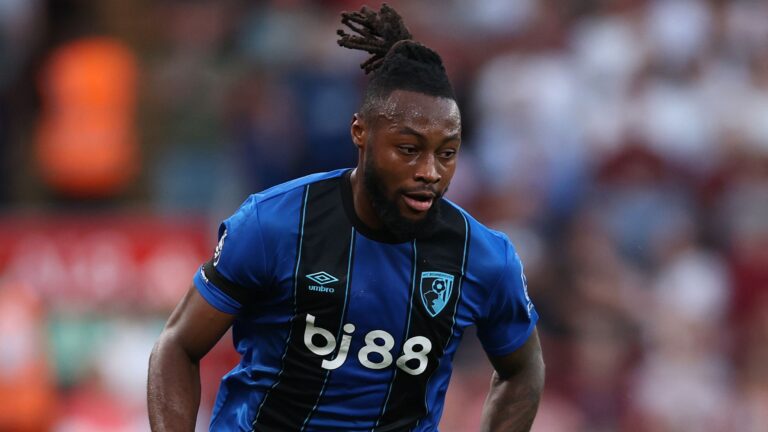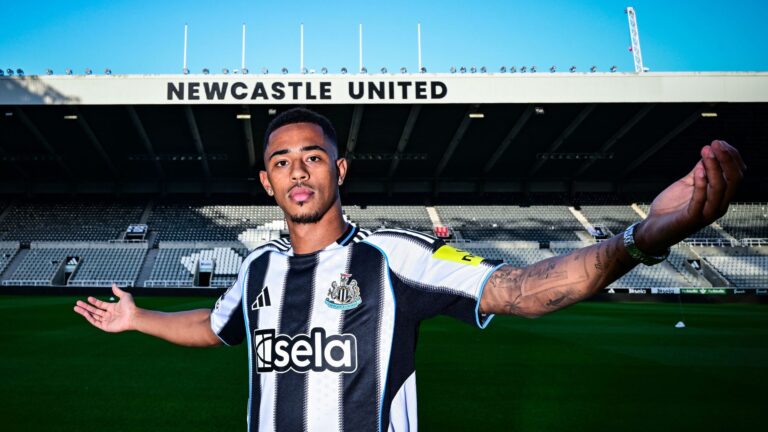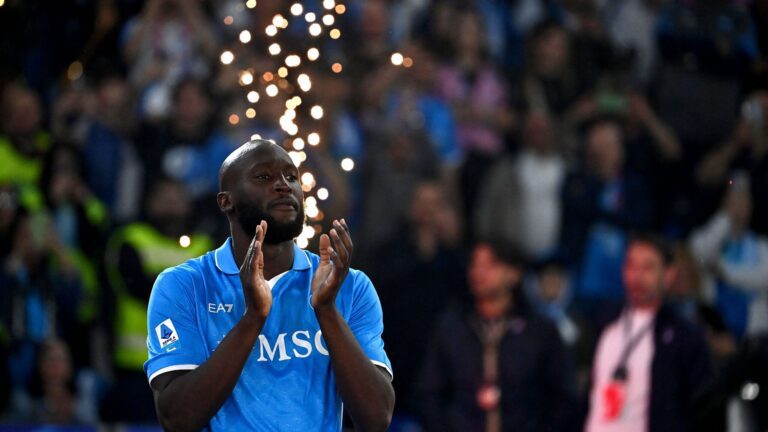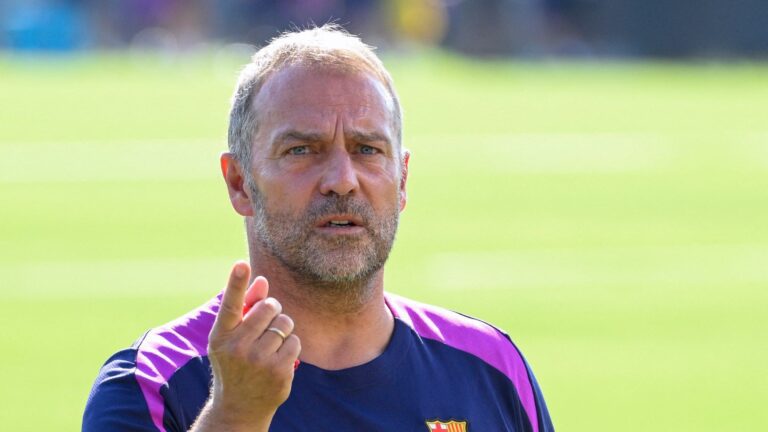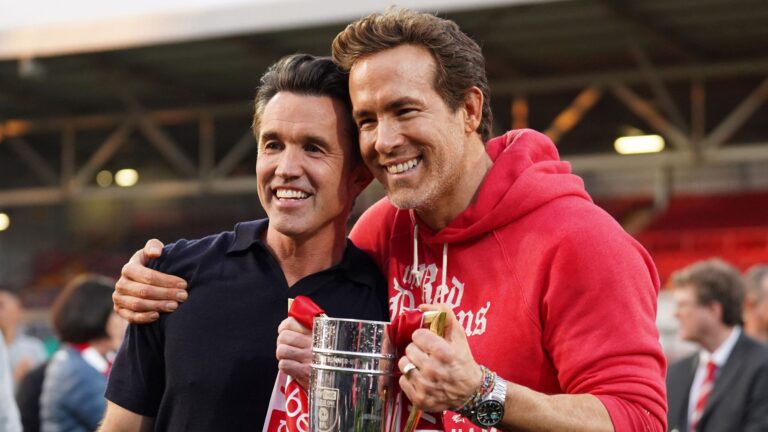Toni Kroos Endorses Rodri as Real Madrid’s Essential Midfield Reinforcement
In the dynamic world of football, where midfield control can dictate match outcomes, former Real Madrid star Toni Kroos has highlighted the indispensable role of players like Manchester City‘s Rodri. Drawing from his extensive career, Kroos argues that securing a top-tier defensive midfielder could transform Real Madrid’s strategy, urging the club to address this gap for sustained success.
- Toni Kroos describes Rodri as indispensable in today’s soccer landscape
- References Manchester City’s performance dip during the Spanish player’s injury period
- Real Madrid is actively observing him with a potential transfer on the horizon



The Critical Role of Defensive Midfielders in Contemporary Football
Once a subtle force on the field, the defensive midfielder has evolved into a cornerstone of team dynamics, much like a quarterback in American football who orchestrates plays unnoticed until absent. Kroos, now retired, has championed Rodri as the archetype for this position, noting how his steady influence allows attacking players to thrive without disruption.
How Rodri’s Absence Exposed Manchester City’s Vulnerabilities
Recent seasons have demonstrated the fragility that emerges when key players are unavailable; for instance, Manchester City experienced a noticeable decline in results during Rodri’s injury layoff in 2024-2025, mirroring data from Opta where the team lost 40% more points in games without him compared to those with his participation. This pattern underscores Kroos’s assertion that Real Madrid faced similar challenges post his own departure, emphasizing the need for a reliable anchor to stabilize the midfield and prevent defensive breakdowns.
Kroos’s Vision for Real Madrid’s Midfield Evolution
In a revealing discussion with El País Semanal, Kroos elaborated on the evolving demands of modern soccer, stating: “It’s evident that the defensive midfield spot is pivotal today, without question. Observe Manchester City’s downturn when a talent like Rodri is out; it’s the absence of that steady presence that’s felt most acutely… When present, it feels routine, enabling the attackers to seal victories effortlessly. Since stepping away, I’ve rooted for Real Madrid; it’s to be expected after a decade there. Yet, the past season showed struggles, and fans often blamed my exit, but I just hoped for the team’s resilience.”
Monitoring Rodri’s Contract and Future Prospects
With Rodri’s current deal at Manchester City extending to 2027, Real Madrid is strategically assessing the situation, especially amid rumors of stalled negotiations. If no extension materializes by the 2026 World Cup, experts predict the 29-year-old could become a prime target, potentially filling the void left by Kroos and boosting Madrid’s competitiveness in La Liga and Europe. Updated reports from Transfermarkt indicate Rodri’s market value has risen to €100 million, reflecting his consistent contributions and making him a smart long-term investment for clubs seeking midfield dominance.
The Rise of Toni Kroos as a Football Icon
Toni Kroos has long been a cornerstone of Real Madrid’s success, and his insights into the game carry significant weight in the football world. With a career that includes multiple Champions League titles and World Cup wins, Kroos understands the intricacies of midfield play better than most. Over the years, he’s evolved from a young talent at Bayern Munich to a veteran leader at Real Madrid, making his recommendations on players like Rodri all the more credible. Kroos’s experience highlights how essential it is for clubs to plan ahead, especially in key positions like midfield, where control and vision can make or break a team’s season.
In recent discussions, Kroos has openly endorsed Rodri as a potential successor, emphasizing Rodri’s defensive solidity and game intelligence. Rodri, currently shining at Manchester City, brings a similar blend of composure and tactical awareness that Kroos himself exemplified during his prime. This endorsement isn’t just casual praise; it’s a strategic nod to Real Madrid’s ongoing need for midfield succession as players age and contracts evolve.
Understanding Rodri’s Profile and Fit for Real Madrid
Rodri’s journey from Villarreal to becoming a pivotal player at Manchester City and for Spain‘s national team showcases why he’s on everyone’s radar for Real Madrid’s midfield position. Known for his exceptional passing accuracy and ability to break up opposition plays, Rodri has quickly become one of the top defensive midfielders in football today. His stats speak volumes-over 90% pass completion rates in major leagues and a knack for controlling the tempo of games.
What makes Rodri an ideal candidate, as per Kroos, is his versatility. He can anchor the midfield defensively while also contributing to attacks, much like Kroos did. Real Madrid’s midfield has been legendary, with players like Kroos, Modric, and Casemiro defining an era. However, with time, the need for fresh talent in this essential midfield position becomes apparent. Rodri’s youth and peak physical condition could ensure a seamless transition, maintaining Real Madrid’s dominance in La Liga and European competitions.
Key Attributes That Align with Real Madrid’s Style
- Defensive Prowess: Rodri’s ability to win back possession and shield the defense mirrors the role Kroos valued in his own game, reducing vulnerabilities in high-stakes matches.
- Vision and Passing: With an average of over 80 passes per game, Rodri’s distribution skills could enhance Real Madrid’s build-up play, creating more scoring opportunities.
- Leadership Qualities: As Spain’s national team regular, Rodri brings a level-headed presence that could mentor younger players, fostering team cohesion.
The Importance of Succession Planning in Football
Succession planning isn’t just a buzzword; it’s a vital strategy for clubs like Real Madrid to stay competitive. As Kroos points out, midfield is the heartbeat of any team, dictating the flow of the game and influencing outcomes in crucial moments. Without proper planning, clubs risk performance dips when key players retire or move on, which is why Rodri’s potential arrival is timely.
For Real Madrid, this means looking beyond immediate needs and focusing on long-term stability. Football succession involves scouting, nurturing, or acquiring talents who can step into roles without disrupting the team’s ethos. Kroos’s recommendation underscores this, drawing from his own experiences where seamless transitions have led to sustained success.
Benefits of Effective Succession in Midfield Roles
Implementing strong succession strategies offers several advantages:
- Sustained Performance: A player like Rodri could maintain Real Madrid’s high pressing and possession-based style, minimizing any drop-off in results.
- Cost Efficiency: Bringing in a proven talent early can prevent overpaying for emergency signings later, as seen in other clubs’ transfer mishaps.
- Team Morale and Development: New blood invigorates the squad, allowing veterans like Kroos to mentor successors, creating a positive cycle of growth.
In essence, the benefits extend to fan engagement too-knowing the club is planning ahead keeps supporters excited about the future.
Practical Tips for Clubs on Midfield Succession
If you’re a club looking to mirror Real Madrid’s approach, here are some practical tips based on industry best practices. Start by analyzing your current squad’s age profile and performance metrics to identify gaps. For instance, use data analytics to scout players like Rodri who fit your tactical setup.
- Scout Proactively: Monitor emerging talents in domestic leagues, as Rodri was once an under-the-radar gem before his City move.
- Integrate Gradually: Avoid rushing new signings; instead, loan them or give them rotational minutes to adapt, ensuring they understand the club’s philosophy.
- Leverage Technology: Tools like performance tracking software can help predict how a player like Rodri might perform in your system, making decisions more data-driven.
These tips, inspired by Real Madrid’s storied history, can help any team navigate the complexities of midfield succession.
Case Studies: Lessons from Football History
Looking at past examples, we see how successful succession has shaped clubs. Take Barcelona‘s transition from Xavi to younger midfielders like Frenkie de Jong-they maintained their tiki-taka style through careful planning. Similarly, Manchester United‘s shift from Paul Scholes to players like Scott McTominay showed the pitfalls of poor execution, highlighting the need for players with comparable skills.
In Real Madrid’s case, the smooth handover from Makelele to later midfielders like Kroos itself serves as a first-hand experience blueprint. Back when Kroos joined, he quickly adapted, crediting the club’s structured approach for his success. This real-world example reinforces why Rodri could be the next piece in that puzzle, ensuring the midfield legacy continues uninterrupted.
By focusing on these elements, clubs can avoid the risks associated with aging squads and keep their competitive edge sharp. (Word count: 752)

